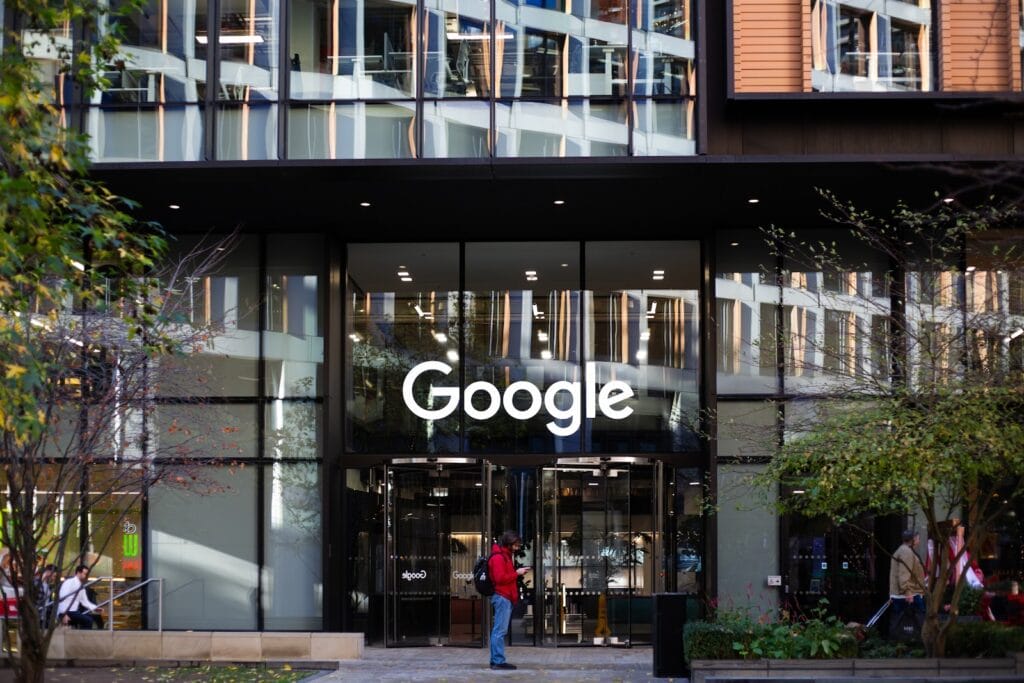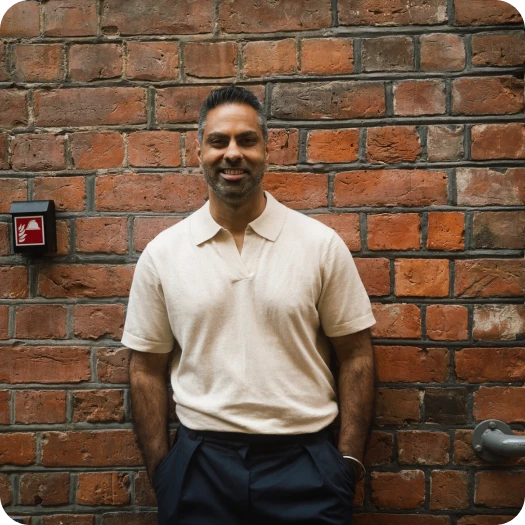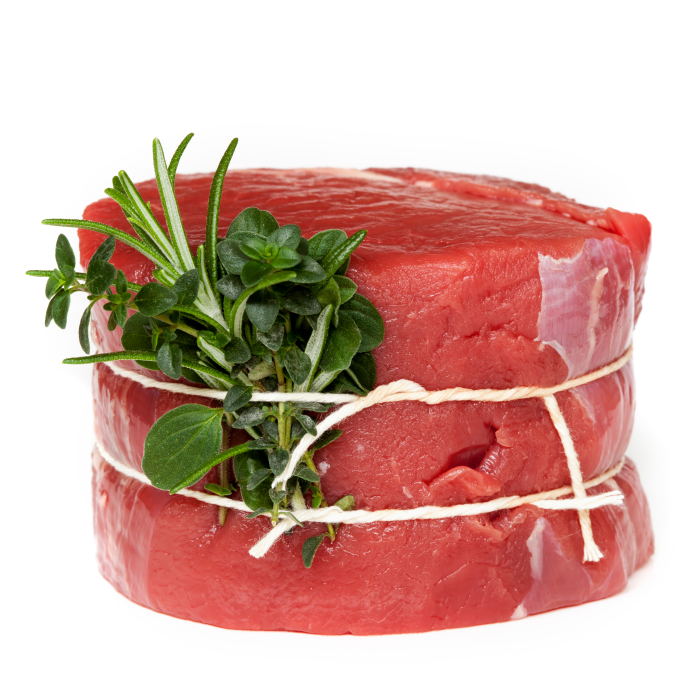Why My Resume Got Me a Job Offer at Google (+Template)


Looking for the last article you'll need in order to learn how to write a resume? Well look no further.
If you came across your dream job, would your resume be good enough to get you an interview?
If you hesitated for a moment there, the answer is no.
Sorry. Tough, but true. If you send a mediocre resume -- even a "good" resume -- off, you'll never hear a peep from anyone. Welcome to the Resume Black Hole of Doom.
If you're like me, you're tired of listening to the same old advice about resumes. That's why I want to pull back the veil and show you how top job candidates get their world-class resumes to stand out to hiring managers. (Hint: It's not about their job experience.)
I'll also show you a specific resume that secured me job offers from Google and other companies and analyze exactly why I constructed it the way I did.
Resume Tip #1: Don't obsess over the dumb stuff when you write a resume
My first advice is to stop obsessing over the meaningless physical details of your resume. Things like paper size, color and font. People always obsess over this stuff.
Why?
Because it's simple. Most people prefer quick-and-easy tips that don't work over more challenging changes that do.
You can adjust the formatting on your resume, switch from a serif to sans serif font, and add some color. It may make you feel like you accomplished anything, but it won't impress the hiring manager.
If you want to do that, you need to think about how you sell yourself.
Resume Tip #2: Be a truffle, not salt

Imagine you're a hiring manager. You put out a job description for a Project Manager and get 250+ resumes in 48 hours. What do you do?
You run through those resumes as fast as you can. That's why hiring managers give a resume, on average, less than 10 seconds of attention before moving on to the next one. This is why it's so critical to understand how to stand out.
Take salt. Salt is a commodity, meaning you don't care which brand of salt you get. They're all the same to you. As a result, the price of commodity salt is extremely low.
Now picture a truffle. They are very rare, impossible to grow, and dug out by specially trained dogs and pigs. Just a tiny bit of one can truly transform your dish. As a result, truffles are very expensive.
You want to be a truffle, not salt.
Let's look at how to do that when you write a resume.
Resume Tip #3: Focus on the narrative, not the facts
Your resume should not be a list of facts. That's not memorable enough to catch the hiring manager's attention in 10 seconds.
Instead, when you write a resume, craft a narrative. Ask yourself, "After someone reads my resume for 10 seconds, what is the one thing they should remember about me?"
If you just list your education and job history, what will they remember? But if you call out key courses you studied or professional accomplishments, you're getting closer to being memorable. "Oh, that's the candidate who started that e-commerce website for tweens."
(If you are interested in how I crafted the narrative of my resume, scroll down to the video at the end of this post.)
Resume Tip #4: Cut the fat and leave the filet mignon when writing a resume

Along with a good narrative, the second most important part of crafting a world-class resume is cutting the fat.
When you write a resume, every word must earn its place on the page. If it's not adding to and improving your narrative, cut it. If it is, ask if there is another word or phrase that would do a better job.
As CEO of IWT, I've hired dozens of people. That means I've reviewed thousands of resumes. Most of them were 1-2 pages and 50-60% of the words should have been deleted. How can you be remarkable to a Hiring Manager when they have to wade through filler on your resume to figure out who you are?
When I see a bloated resume like this, I assume that they don't know how to write a resume (not a good sign) or they don't have anything better to share.
Don't do this. Make every word count. It's better to have a shorter and more meaningful resume than a long one filled with garbage.
The resume template that made Google take notice
The last thing I want to share with you is the exact resume that secured me job offers from Google and other top companies.
In this video, I walk you through each section and explain exactly why I constructed it the way I did. Check it out:
FAQs about Resumes
What should I avoid in my resume?
Avoid using cliches or buzzwords, such as "team player" or "self-starter." Also, avoid including irrelevant or outdated information, such as your high school GPA or a list of hobbies. Finally, make sure to proofread your resume carefully for spelling and grammar errors.
Should I tailor my resume for each job I apply for?
Yes, it's a good idea to tailor your resume for each job you apply for. This means adjusting your resume to highlight the skills and experiences that are most relevant to the job you're applying for.
What is an ATS, and how can I optimize my resume for it?
ATS stands for Applicant Tracking System, which is software used by many employers to screen and rank resumes based on specific criteria. To optimize your resume for an ATS, use relevant keywords and phrases that match the job description, avoid using graphics or images that can't be read by the ATS, and use a clear and consistent formatting.
How can I explain employment gaps in my resume?
If you have employment gaps in your resume, you can explain them in a brief and honest way. For example, you can say that you took time off to care for a family member, pursue further education, or travel. You can also highlight any volunteer work or freelance projects you worked on during that time.
The world wants you to be vanilla...
…but you don’t have to take the same path as everyone else. How would it look if you designed a Rich Life on your own terms? Take our quiz and find out: